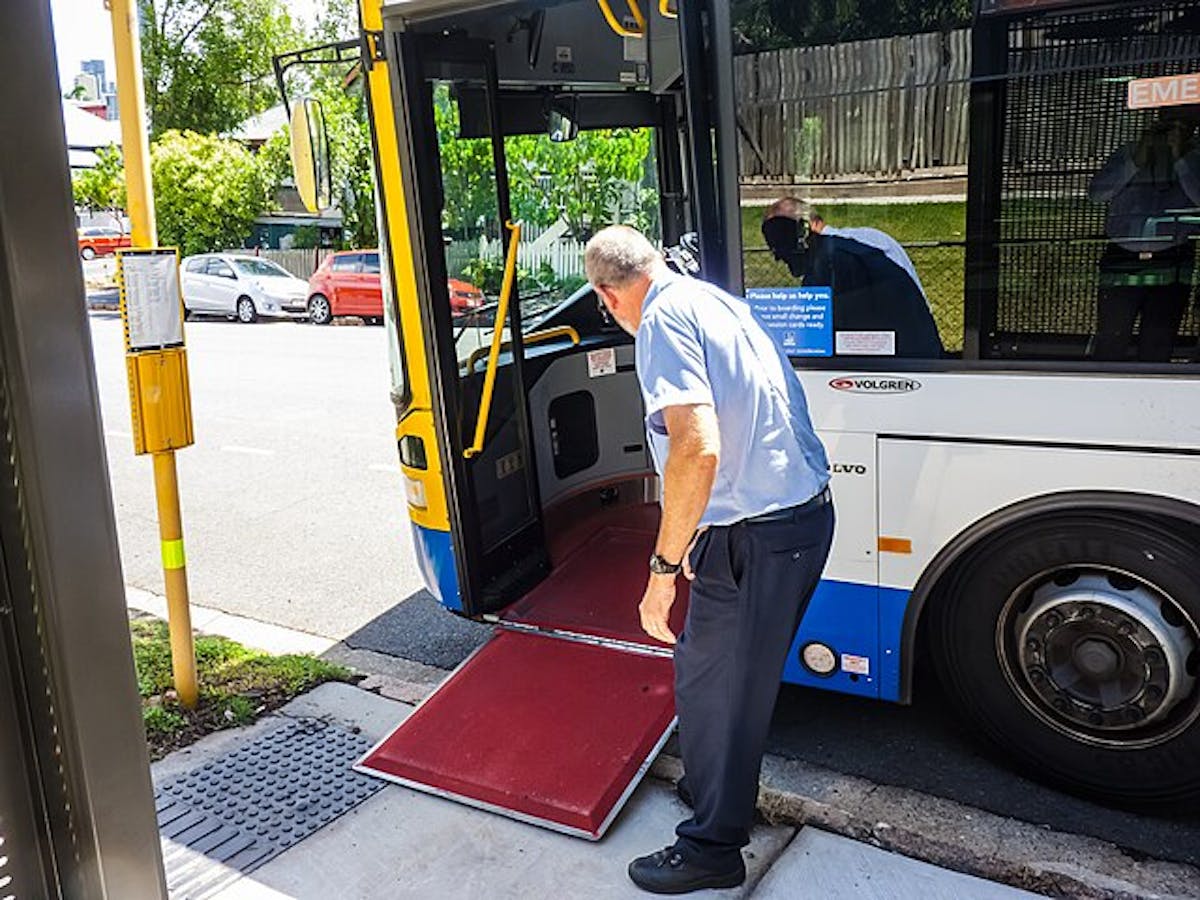How Can the World Bank Integrate Climate Action and Disability Inclusion in Transport?
Published: August 12, 2024

As the World Bank assesses its progress after one-year of its claim to be Paris-aligned, it is an opportune time to reflect on how the process can be strengthened to be more aligned with the goals of the Paris Agreement. The Bank has produced instrument and sector notes detailing how it will operationalize Paris alignment in lending instruments and in each sector. BIC has reviewed a number of sector notes (our recommendations can be found here).
While reviewing the Transport Sector Note, we were concerned that the Note does not prohibit financing of internal combustion engine (ICE) vehicles despite the need to reduce emissions by 80 to 97 percent in the next 26 years to limit warming. In addition, we found little to no recognition of how the vulnerability of transport systems to climate change will disproportionately affect marginalized groups, including persons with disabilities, who are most exposed to the negative consequences of climate change. The Note does not recognize different transport needs and how they can either support transport decarbonization efforts or lead to an increase in transport emissions. For instance, persons with disabilities may be more reliant on low-occupancy vehicles to meet their transport needs, leading to more vehicles on the road and higher greenhouse gas emissions. As the Bank designs and implements new transport operations that are Paris-aligned, these systems should be accessible to all. In this brief, we provide recommendations for the Bank to adopt a disability-inclusive approach to climate action in the transport sector.
Read the full brief here.
